Top speed 204 km/h Length 11 m | Wingspan 15 m First flight January 26, 1945 | |
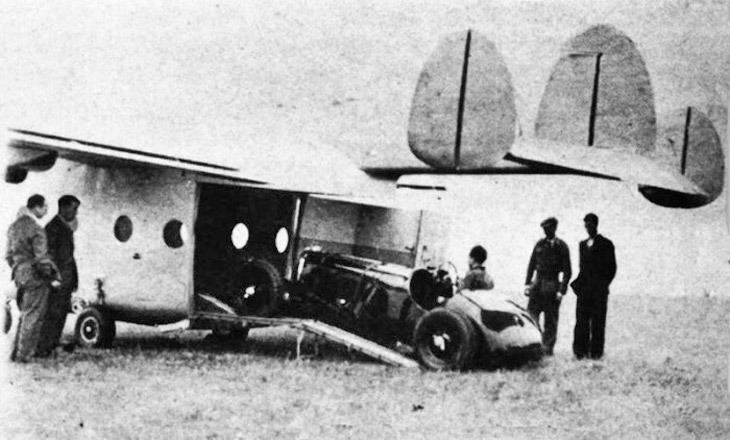 | ||
The Miles M.57 Aerovan was a British twin-engined short-range low-cost transport designed and built by Miles Aircraft. It was used for freight, joy-riding and passenger services. It was also used by many commercial operators and for some military purposes.
Contents
- Miles aerovan electric r c
- Design and development
- Service
- Military Operators
- Specifications Aerovan Marks 2 3 4
- References
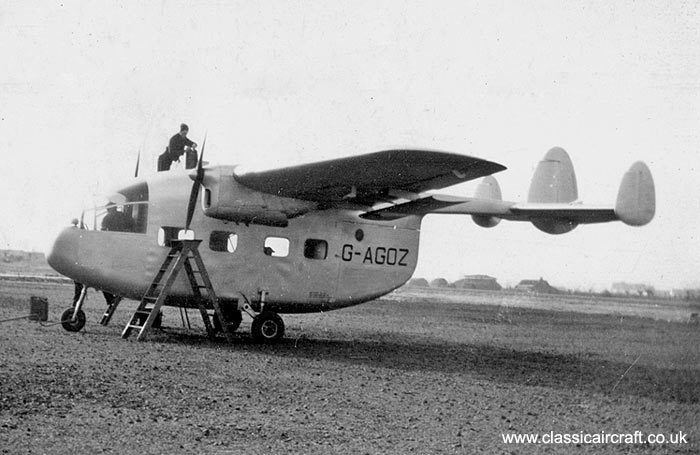
Miles aerovan electric r c
Design and development
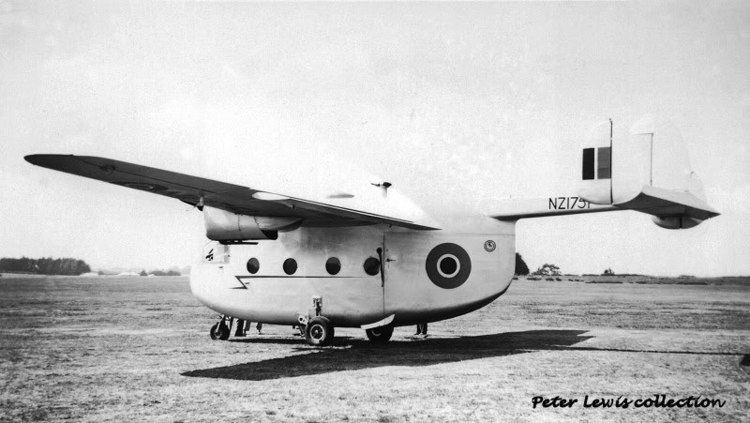
It was a twin-engined high-wing monoplane of plastic-bonded plywood construction with some spruce and metal parts. It had fixed tricycle undercarriage, three vertical tail and rudder units, one central and two as tailplane endplates, reminiscent of the Miles Messenger. A large fin area was required by the deep-sided forward fuselage, and a pod and boom fuselage. Two pilots were seated beneath a large clear perspex canopy which formed the front dorsal part of the pod, four or five circular windows providing a view for passengers on either side. The Aerovan was capable of lifting a family car, loaded through clamshell rear doors. Designed in 1944, the prototype was built at Miles factory at Woodley, Berkshire and was first flown there by Tommy Rose on 26 January 1945.
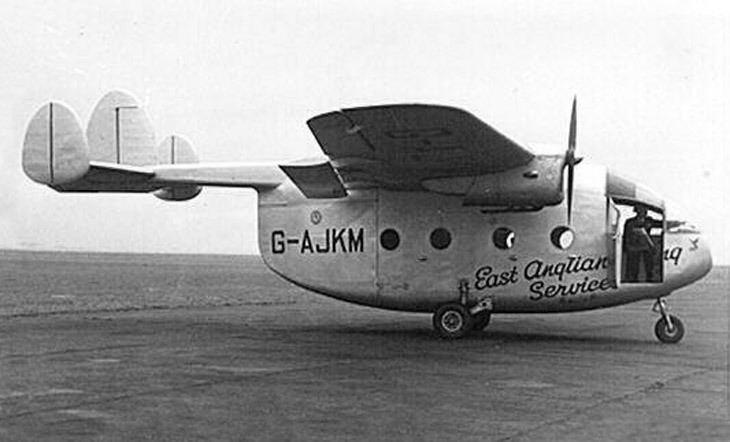
Aerovan production started in 1946 primarily for civil use, although examples were used briefly by the military of Israel and New Zealand. Production ended late in 1947. A licence was granted to manufacture the type in France but no production resulted. One RNZAF machine was converted, unsuccessfully, for aerial fertiliser spreading and a second for aeromagnetic survey work. One Mark 6 was used for research with a Hurel-Dubois high aspect ratio wing in 1957, being then known as the HDM.105. The prototype retroactively named the Mark 1 was later fitted with a 5/6th replica of the Armstrong Siddeley Mamba turboprop nacelle for the Miles Marathon.
Service

Most Mk 3 and 4 Aerovans were employed on passenger and freight services, charter work and joyriding in the UK and in the Near East. Meridian Air Maps operated Aerovan 4 G-AISF on aerial survey work from October 1955 until it crashed on takeoff from Manchester (Ringway) on 29 April 1957. The accident killed the pilot Jean Lennox Bird, the first woman to receive RAF wings, and two passengers.
The RNZAF evaluated two Aerovan 4s during 1950.
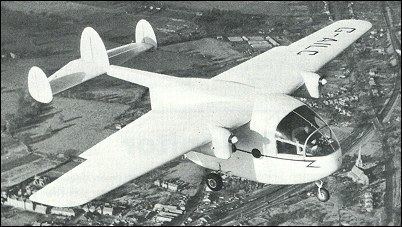
The newly formed Israeli Air Force acquired a single Aerovan G-AJWI from the UK which entered service in June 1948. Able to use very short landing strips it was flown into settlements and Jerusalem airport in the face of defensive rifle fire. On 17 July 1948 it made a forced landing south of Tel Aviv and was destroyed by Palestinians.
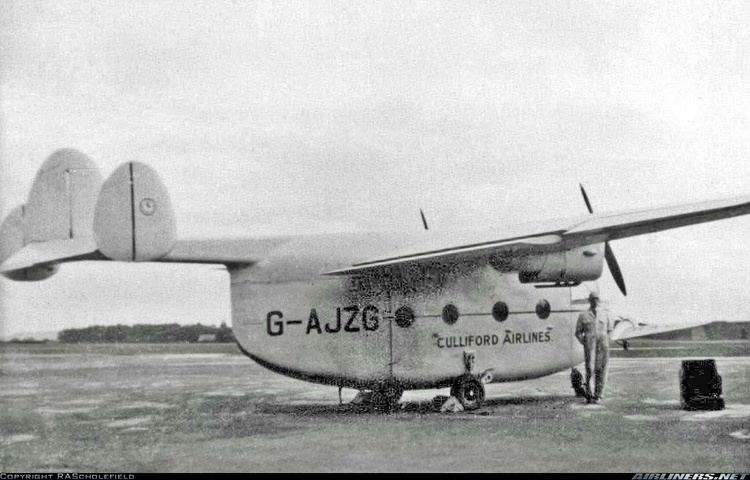
An 8,000 lb, 75 ft span HDM.106 with 290 hp Lycoming engines was proposed but not developed.
Military Operators
Specifications (Aerovan Marks 2, 3, 4)
Data from British Civil Aircraft since 1919
General characteristics
Performance
